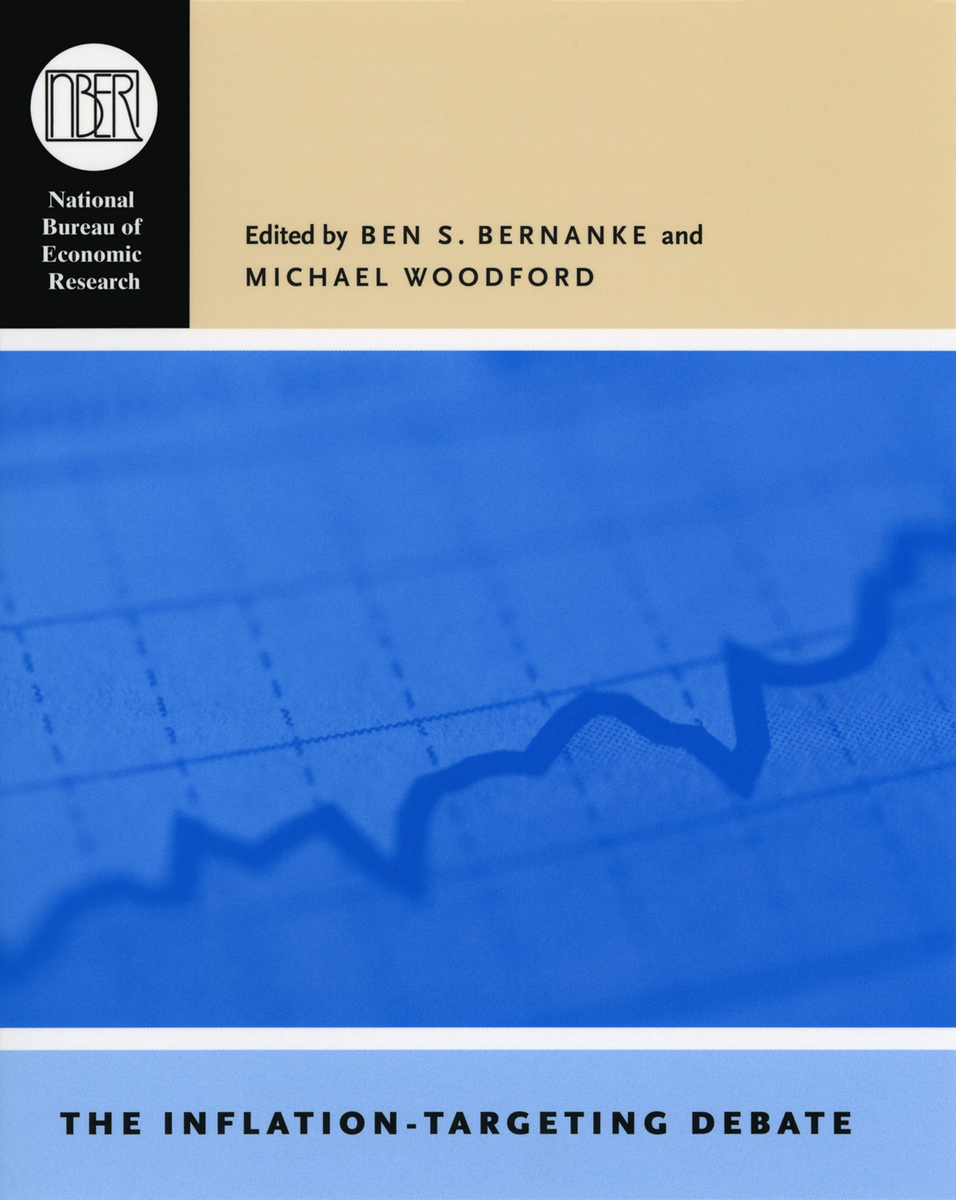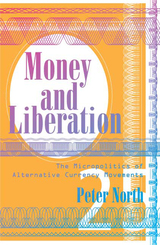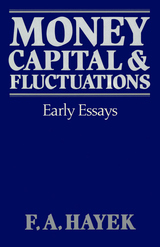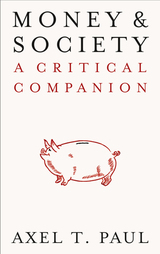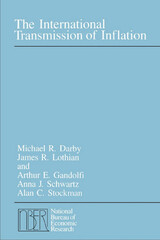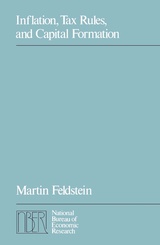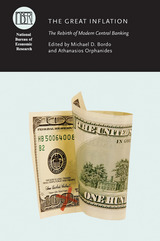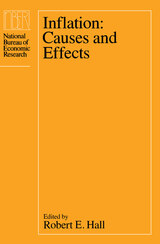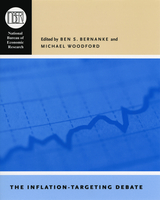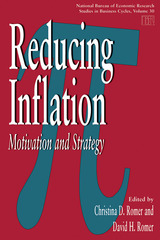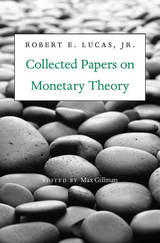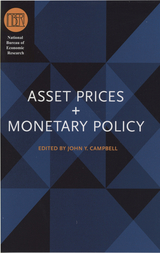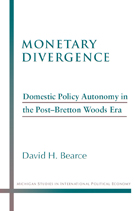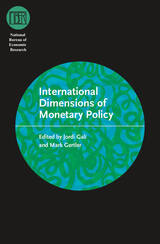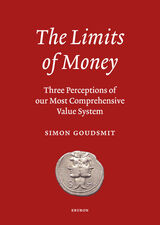The Inflation-Targeting Debate
University of Chicago Press, 2004
Cloth: 978-0-226-04471-2 | Paper: 978-0-226-04472-9 | eISBN: 978-0-226-04473-6
Library of Congress Classification HG229.I45636 2005
Dewey Decimal Classification 332.41
Cloth: 978-0-226-04471-2 | Paper: 978-0-226-04472-9 | eISBN: 978-0-226-04473-6
Library of Congress Classification HG229.I45636 2005
Dewey Decimal Classification 332.41
ABOUT THIS BOOK | AUTHOR BIOGRAPHY | REVIEWS | TOC | REQUEST ACCESSIBLE FILE
ABOUT THIS BOOK
Over the past fifteen years, a significant number of industrialized and middle-income countries have adopted inflation targeting as a framework for monetary policymaking. As the name suggests, in such inflation-targeting regimes, the central bank is responsible for achieving a publicly announced target for the inflation rate. While the objective of controlling inflation enjoys wide support among both academic experts and policymakers, and while the countries that have followed this model have generally experienced good macroeconomic outcomes, many important questions about inflation targeting remain.
In Inflation Targeting, a distinguished group of contributors explores the many underexamined dimensions of inflation targeting—its potential, its successes, and its limitations—from both a theoretical and an empirical standpoint, and for both developed and emerging economies. The volume opens with a discussion of the optimal formulation of inflation-targeting policy and continues with a debate about the desirability of such a model for the United States. The concluding chapters discuss the special problems of inflation targeting in emerging markets, including the Czech Republic, Poland, and Hungary.
In Inflation Targeting, a distinguished group of contributors explores the many underexamined dimensions of inflation targeting—its potential, its successes, and its limitations—from both a theoretical and an empirical standpoint, and for both developed and emerging economies. The volume opens with a discussion of the optimal formulation of inflation-targeting policy and continues with a debate about the desirability of such a model for the United States. The concluding chapters discuss the special problems of inflation targeting in emerging markets, including the Czech Republic, Poland, and Hungary.
See other books on: Business & Economics | Congresses | Woodford, Michael
See other titles from University of Chicago Press
